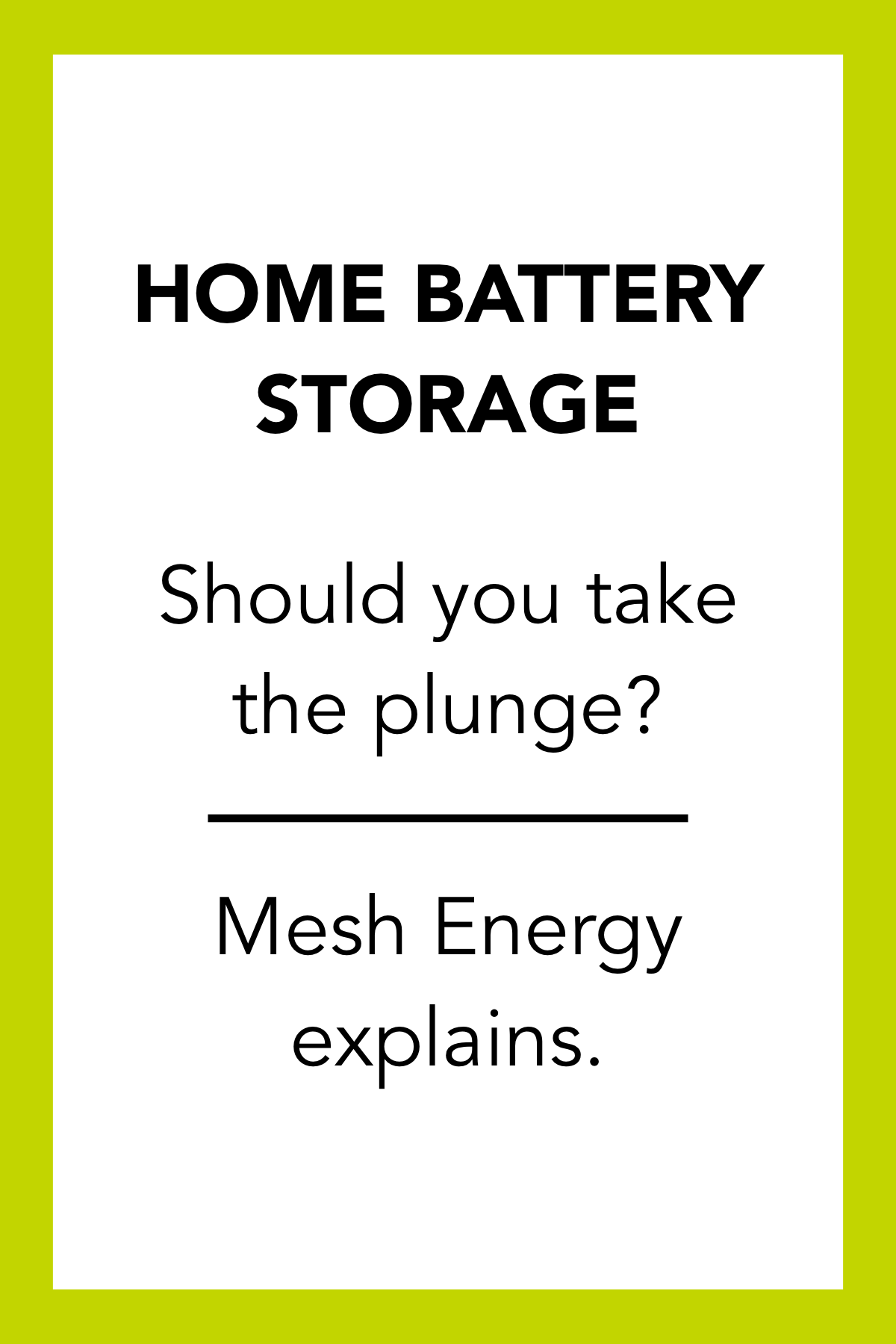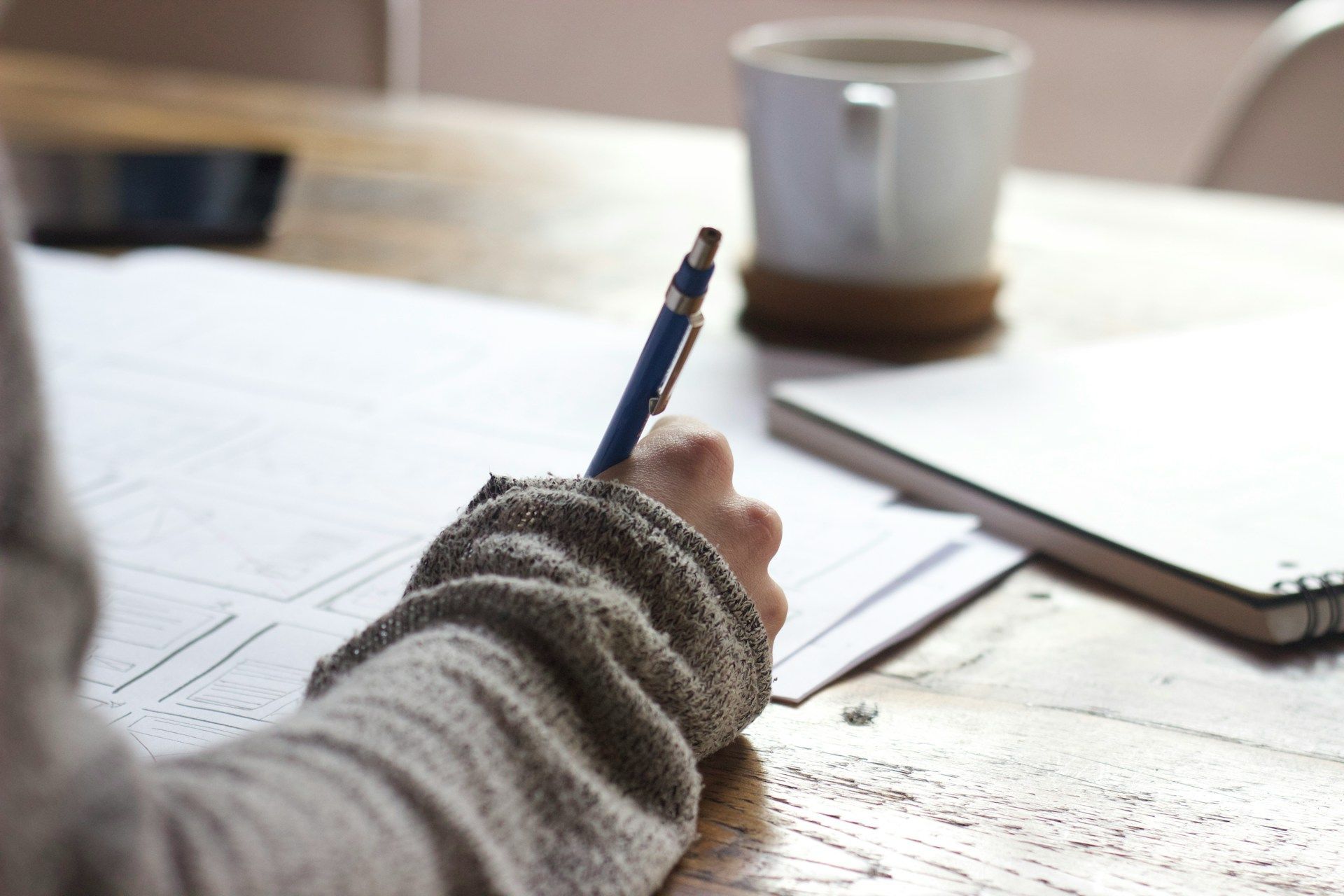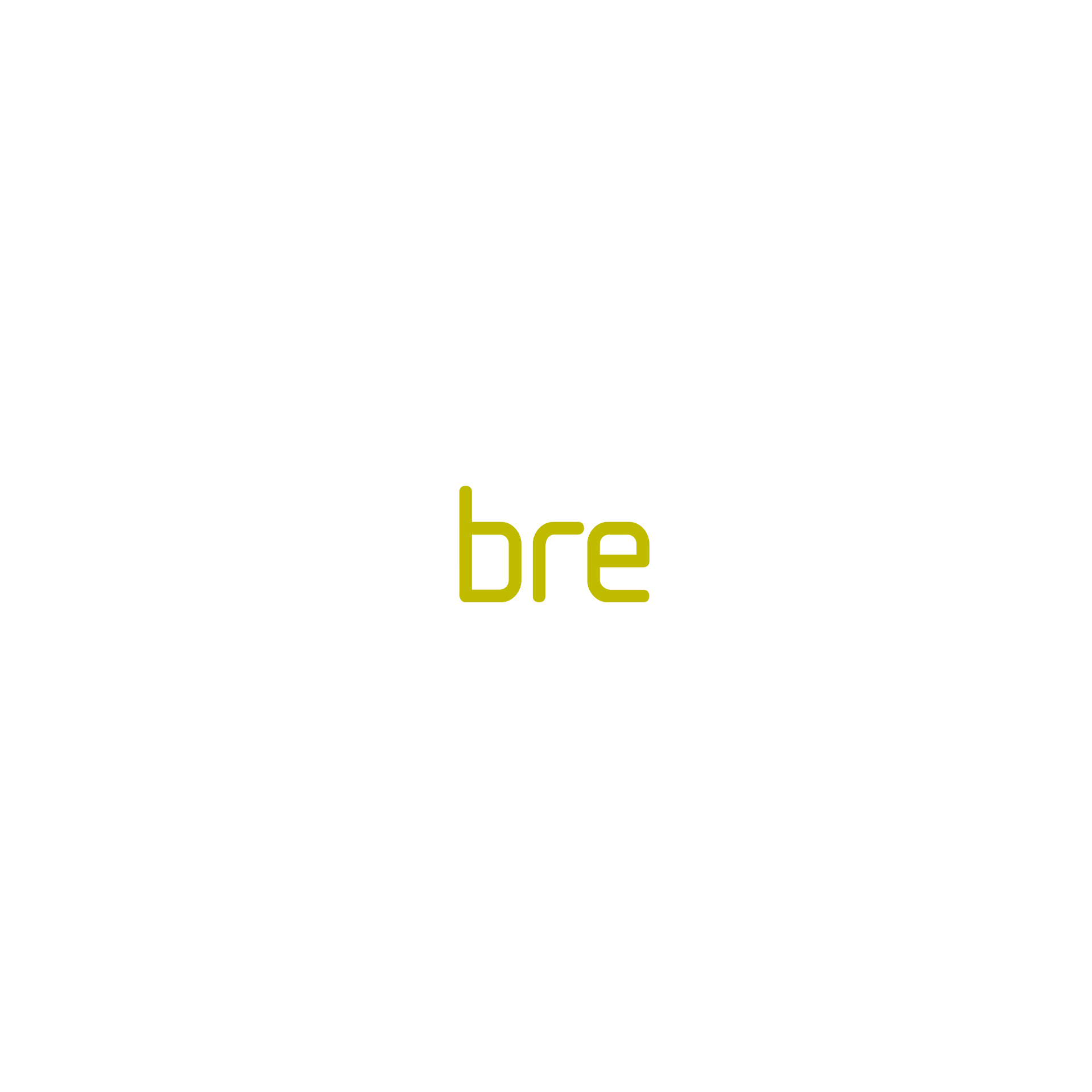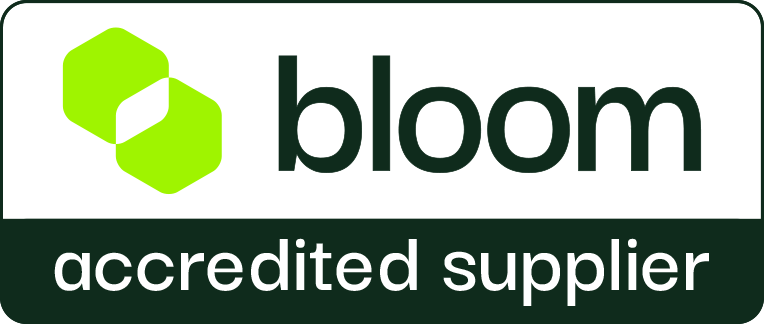Contact Us | Call: 01420 481573 | Email: info@mesh-energy.com
Home battery storage: should you take the plunge? Mesh Energy explains
With ever-increasing interest in battery storage and with new shiny options being released into the UK market, I thought the topic deserves an honest review to clarify some of the key technology points.
So, should you take the plunge and invest your hard earned money in this tech at present or hold off for now?
The bigger picture
Battery systems are now allowing us to store energy for the home and can work whether you have solar panels installed on your home or not. If you have solar panels you can charge batteries during the day with free excess electricity for use at night. If you don’t have solar, you can use batteries to keep the lights on during power cuts.
Battery systems have been used for years by mariners, caravan and car owners and computer aficionados for years. Batteries and management systems are nothing new, but systems big enough to power our homes seem to confuse many.
Batteries on their own are just a ‘bucket’ for energy. In order to manage charging and discharging of the battery in conjunction with your lifestyle, you will also need other equipment such as charge controllers and other electrical paraphernalia such as protection devices and appropriate cabling.
System practicality
Most basic domestic battery systems have useful storage of between 3kWh – 6kWh. To put this into perspective, a typical UK home uses about 11kWh of electricity per day. As a result, battery storage has a very practical application in protecting the home against power cuts and heavily reducing evening electricity usage throughout the year.
If you have a 4kWp solar installation in the south of the UK, it will typically produce more than 11kWh between the months of March until October allowing you to save electricity for evening and night time usage.
Indeed, if you were to have a power cut at home in the early hours of the morning, in essence if you didn’t change your usage habits you may likely get half way through the day before the battery runs out of useful energy.
Product choice
Although Tesla has done a fantastic job in marketing and raising awareness in the sector, there is a long list of other manufacturers and system providers which have been in the market longer.
Some of the best and most advanced products sold in the UK include: Wattstor, SMA Sunny Island, Tesla Powerwall, Growatt, Powervault, Sonnenbatterie or Samsung. Check these out before going for the shiniest one on the shelf!
System costs
Prices for batteries vary by a fair bit at the moment but the current cost per usable kWh of storage is between £1,000 – £1,500 for the equipment. For a fully installed system including labour and inverter/charger, prices start from around £4,500 for a 3kWh system. For a higher spec 6kWh system this price could easily creep up to nearer £5,000+.
The costs listed above are for systems using traditional lead acid batteries, like those in your car. The likes of Tesla batteries use Lithium Ion technology which is getting plenty of backing, but there are also aqueous batteries for those who are more ‘eco’. All of these different battery types come at different prices to the consumer.
Payback
The dreaded term that all new renewable technology has to tackle… Well, unfortunately, based on standard system payback modelling and the fact that there are no government subsidies for this technology, it means that you won’t get your money back before you have to change the batteries for new ones! As such, battery systems don’t currently pay for themselves using standard modelling like solar PV or heat pumps.
But, if you believe that investment in the sector will reduce battery price and that mains electricity may become more expensive, then you might not have long to wait.
A difficult choice to make...
So, it's safe to say that home battery storage technology systems are in the ‘early adopter’ stage with high relative price and low levels of UK installations to date. For some this is a perfect stage to get involved and if you waste a lot of your solar electrical energy back to the grid or suffer from frequent power cuts at home, you may be raring to get a system installed.
Either way, make sure you do your research before taking the plunge and feel free to contact us directly to see if we may be able to help. (Hint - the answer is likely to be "Yes, we can!")
If you still have any questions about home battery storage,
please don't hesitate to
contact the Mesh team today.
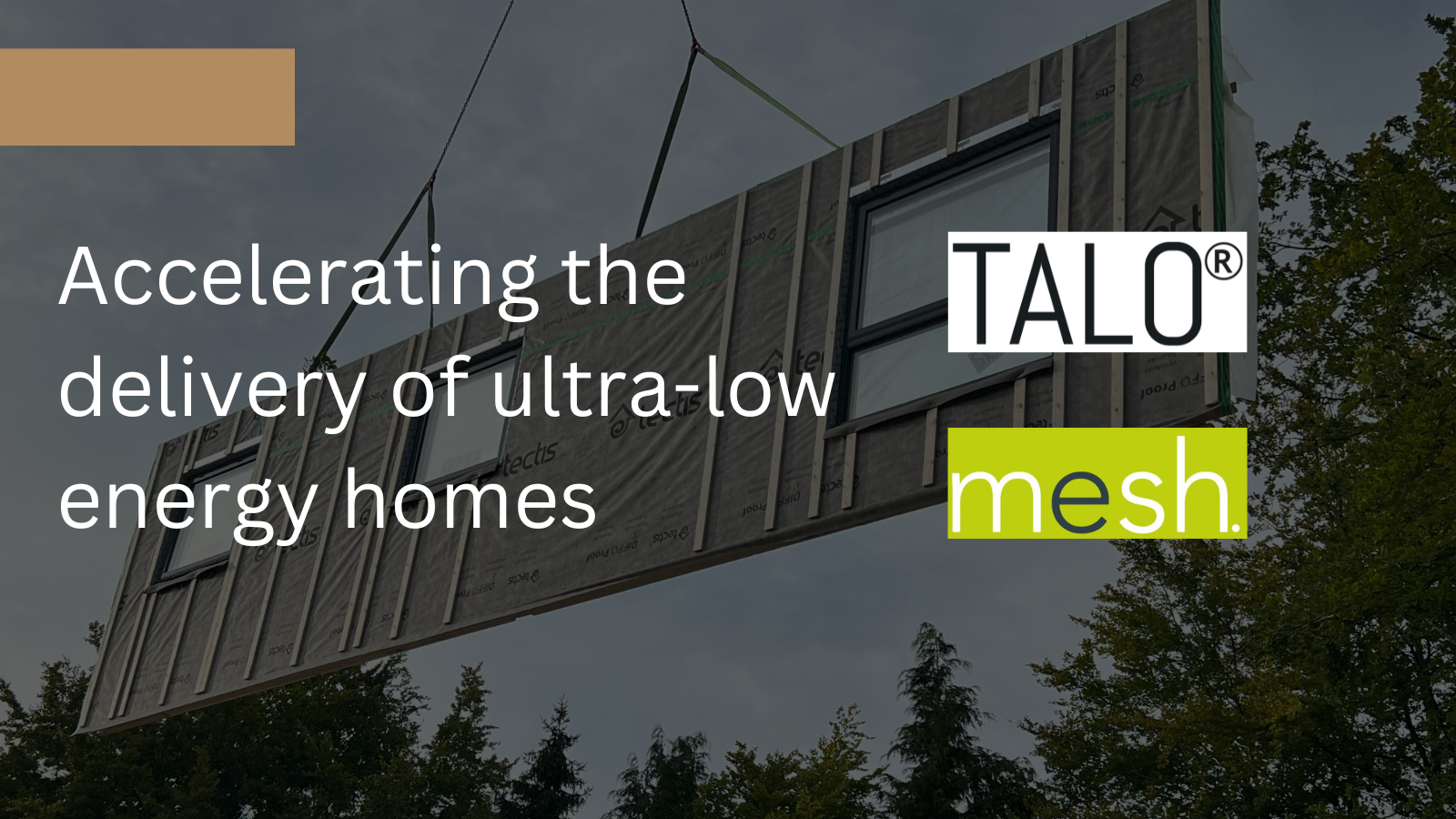



Subsribe to memo from mesh
Thank you for subscribing to the Mesh newsletter. Keep an eye out for our value-packed emails landing in your inbox!
Please try again later
RIGHT FIRST TIME BOOK
Order your copy today
DOWNLOAD THE HEAT PUMP HERO APP
Calculate your savings and source accredited installers today
Address: Cambridge House, 8 East Street, Farnham, England, GU9 7RX |
Tel: 01420 481573 |
Email: info@mesh-energy.com
Company No. 09524252 •
Privacy Policy



